The ancient city of Petra, Jordan, a UNESCO World Heritage Site renowned for its breathtaking rock-cut architecture and historical significance, has recently become the center of a heated debate. The introduction of a nightly light show, intended to boost tourism and showcase the city’s grandeur after sunset, has drawn sharp criticism from archaeologists and conservationists. While the Jordanian government and tourism authorities argue that the spectacle enhances visitor experience, experts warn that the project may irreparably damage the delicate sandstone structures and undermine the site’s cultural integrity.
The Light Show: A Modern Spectacle in an Ancient Setting
Petra’s nightly light show, dubbed "Petra by Night," illuminates the iconic Treasury (Al-Khazneh) and parts of the Siq with thousands of candles and strategically placed artificial lights. The event, which includes musical accompaniment and narrated storytelling, aims to transport visitors back in time, offering a mystical experience of the Nabatean city under the stars. Tourism officials highlight the show’s success in attracting larger crowds, particularly during peak seasons, and argue that it provides an economic lifeline for local communities reliant on tourism revenue.
However, beneath the shimmering facade lies a growing concern among archaeologists. The installation of lighting fixtures, wiring, and increased foot traffic during nighttime hours has raised alarms about potential long-term damage. The soft sandstone of Petra’s monuments is highly susceptible to erosion, and even minor disturbances—such as vibrations from sound systems or the heat emitted by lights—could accelerate deterioration. Critics argue that the project prioritizes short-term entertainment over the preservation of a 2,000-year-old wonder.
Archaeologists Sound the Alarm
Leading archaeologists specializing in Middle Eastern heritage have voiced their opposition, citing precedents where similar initiatives led to irreversible harm. Dr. Leila Sharif, a prominent researcher in Nabatean archaeology, points to the unintended consequences of artificial lighting in other heritage sites, such as the accelerated weathering of pigments in Egypt’s Valley of the Kings. "Petra’s monuments were not designed to withstand modern interventions," she asserts. "The cumulative effects of nightly exposure to light and humidity changes could weaken the structural integrity of these ancient facades."
Others emphasize the ethical implications of altering Petra’s nocturnal environment. The natural darkness of the desert has long been part of the site’s mystique, offering visitors a sense of the isolation and grandeur the Nabateans once experienced. By flooding the ruins with artificial light, the show risks stripping away the very atmosphere it seeks to celebrate. "This isn’t just about physical damage," argues conservationist Mark Thompson. "It’s about preserving the authenticity of Petra as a historical site, not turning it into a theme park attraction."
Balancing Tourism and Preservation
The Jordanian government, meanwhile, faces a delicate balancing act. Tourism accounts for a significant portion of the country’s GDP, and Petra is its crown jewel. Officials contend that the light show is a necessary innovation to keep the site competitive in a global tourism market increasingly driven by immersive experiences. "We are committed to protecting Petra," says Tourism Minister Yasir Al-Masri, "but we also have a responsibility to ensure that visitors leave with a deeper connection to its history."
Critics, however, remain unconvinced. They argue that sustainable alternatives—such as limited evening tours with minimal lighting or virtual reality experiences—could achieve the same goals without compromising the site’s integrity. The debate has sparked broader conversations about how heritage sites worldwide navigate the tension between accessibility and preservation. As Dr. Sharif notes, "Petra belongs to humanity, not just to this generation. We must ask ourselves what kind of legacy we’re leaving for those who come after us."
The controversy shows no signs of abating, with petitions circulating among academic circles and heritage organizations calling for a reevaluation of the light show’s impact. For now, the candles continue to flicker in Petra’s ancient corridors, casting shadows on a debate that strikes at the heart of how we value—and safeguard—our shared past.

By Megan Clark/Apr 11, 2025
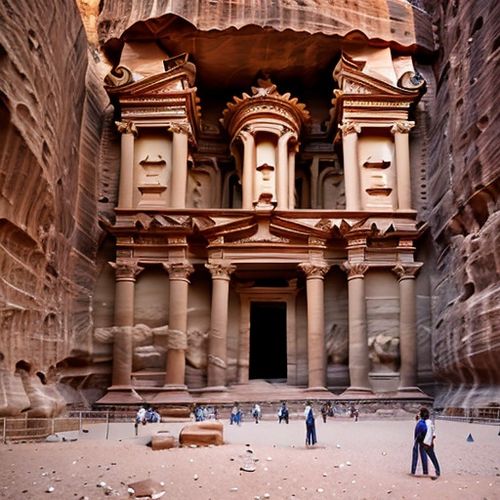
By John Smith/Apr 11, 2025
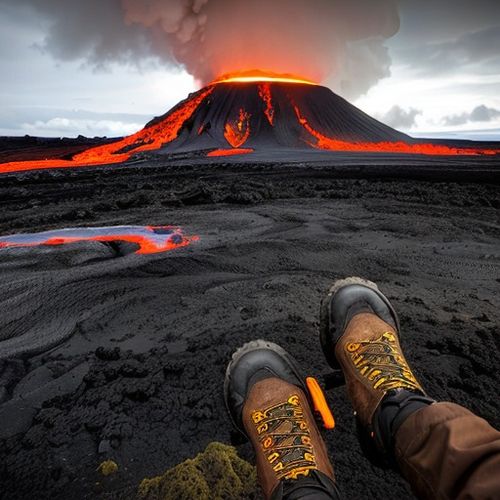
By James Moore/Apr 11, 2025

By Victoria Gonzalez/Apr 11, 2025

By John Smith/Apr 11, 2025
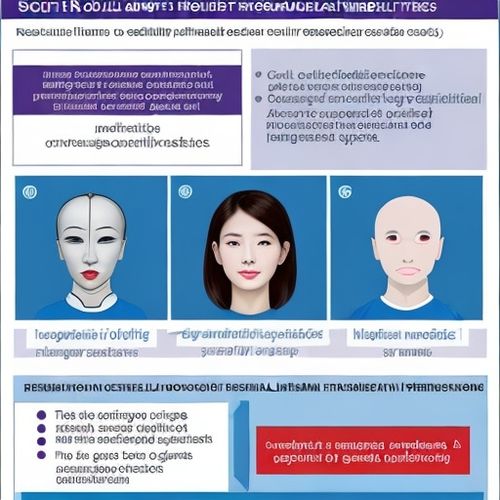
By Rebecca Stewart/Apr 11, 2025
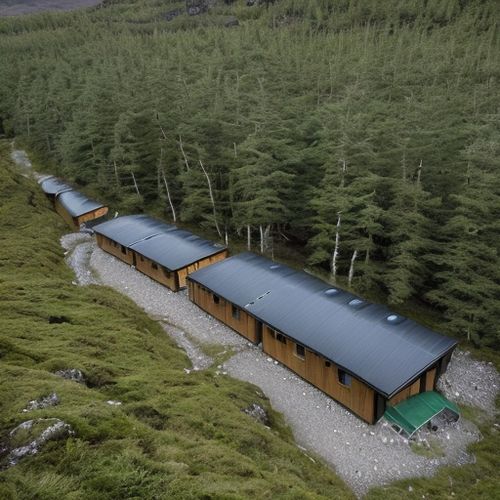
By Megan Clark/Apr 11, 2025

By John Smith/Apr 11, 2025
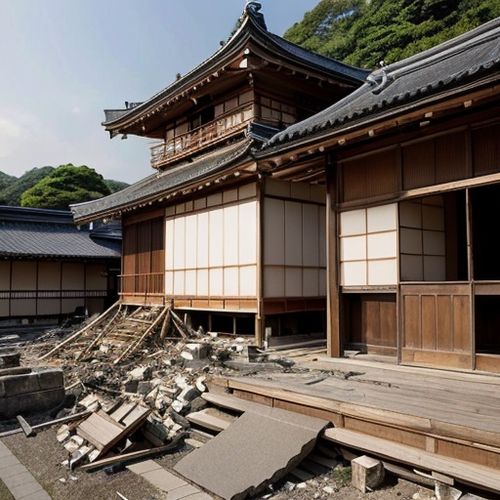
By Ryan Martin/Apr 11, 2025

By Samuel Cooper/Apr 11, 2025
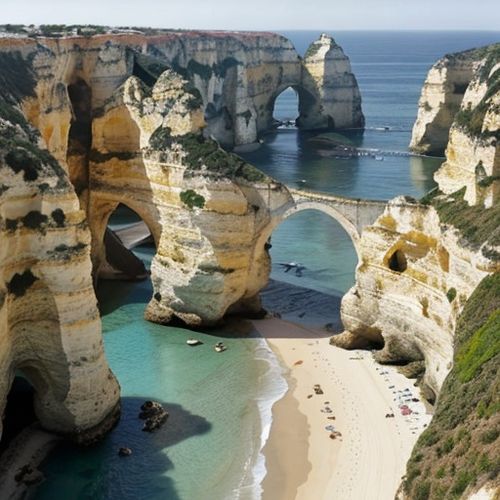
By Emily Johnson/Apr 11, 2025
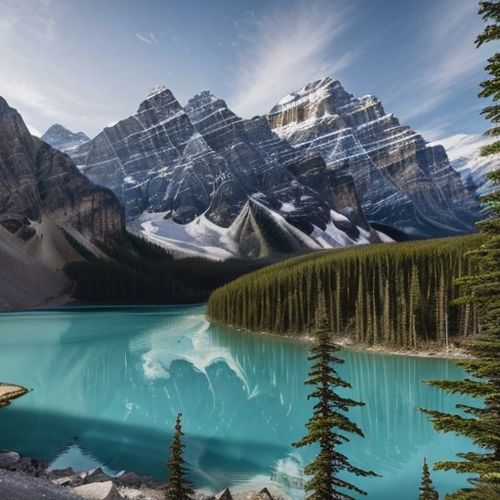
By James Moore/Apr 11, 2025

By David Anderson/Apr 11, 2025
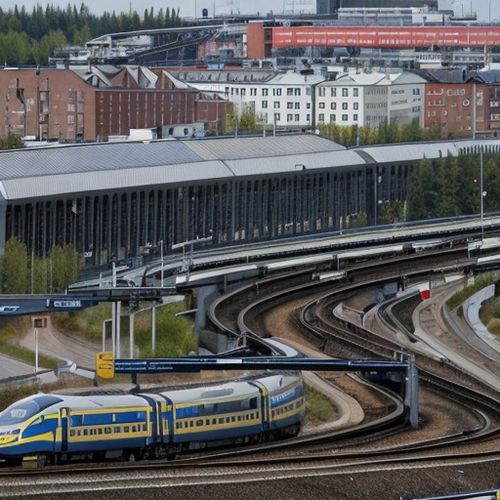
By Ryan Martin/Apr 11, 2025
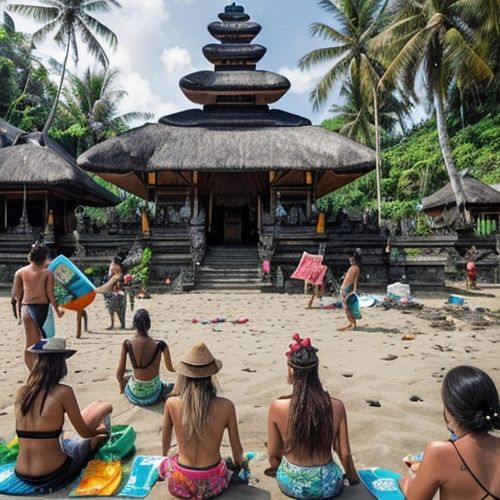
By William Miller/Apr 11, 2025

By George Bailey/Apr 11, 2025
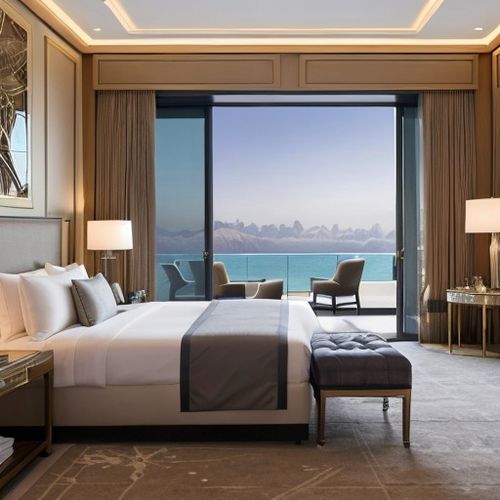
By Daniel Scott/Apr 11, 2025

By Sophia Lewis/Apr 11, 2025
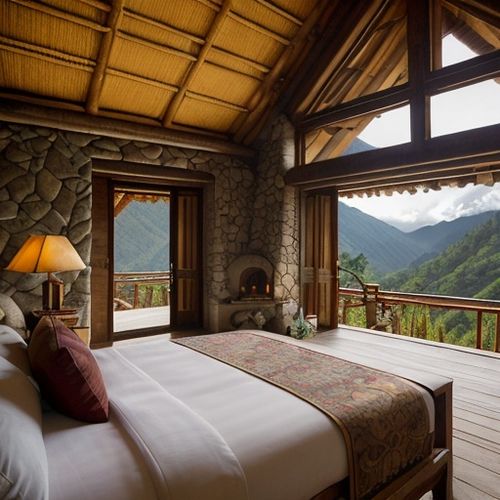
By Megan Clark/Apr 11, 2025
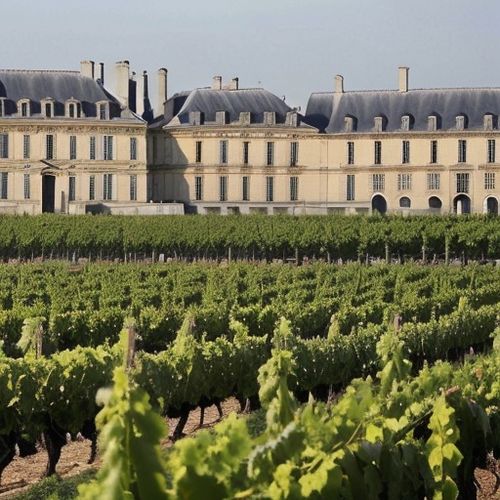
By David Anderson/Apr 11, 2025